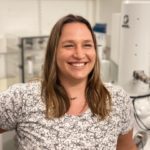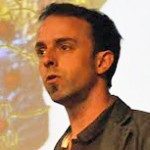Link to Pubmed [PMID] – 32843573
Link to DOI – jcs24898910.1242/jcs.248989
J Cell Sci 2020 Sep; 133(18):
Multicellular organisms assemble cilia and flagella of precise lengths differing from one cell to another, yet little is known about the mechanisms governing these differences. Similarly, protists assemble flagella of different lengths according to the stage of their life cycle. Trypanosoma brucei assembles flagella of 3 to 30 µm during its development in the tsetse fly. This provides an opportunity to examine how cells naturally modulate organelle length. Flagella are constructed by addition of new blocks at their distal end via intraflagellar transport (IFT). Immunofluorescence assays, 3D electron microscopy and live-cell imaging revealed that IFT was present in all T. brucei life cycle stages. IFT proteins are concentrated at the base, and IFT trains are located along doublets 3-4 and 7-8 and travel bidirectionally in the flagellum. Quantitative analysis demonstrated that the total amount of flagellar IFT proteins correlates with the length of the flagellum. Surprisingly, the shortest flagellum exhibited a supplementary large amount of dynamic IFT material at its distal end. The contribution of IFT and other factors to the regulation of flagellum length is discussed.






